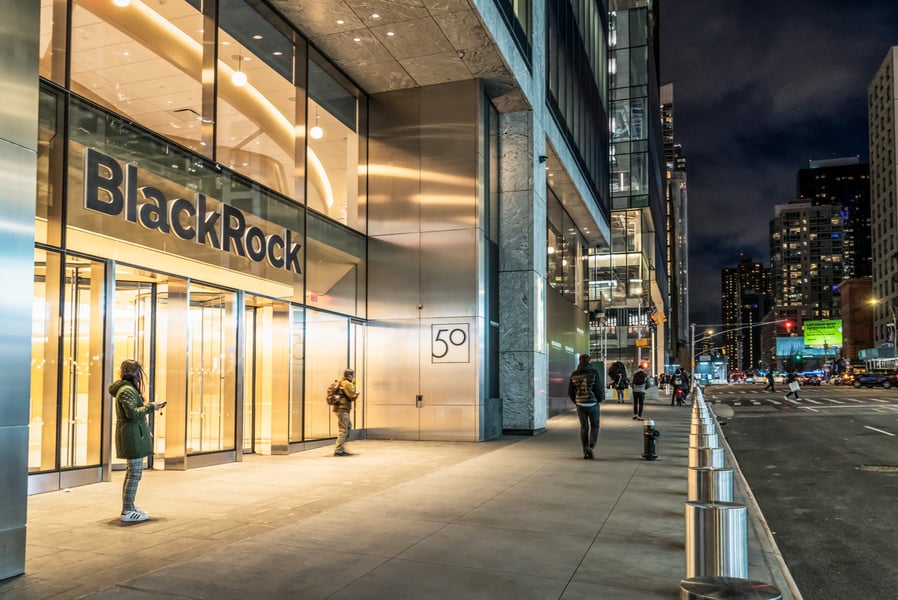

BlackRock is adding to the buffer ETF craze with the first in a series of funds that provides investors exposure to equity growth potential while offering downside protection.
The asset manager announced today the launch of the iShares Large Cap Max Buffer Jun ETF (Ticker: MAXJ), a max buffer ETF that targets up to 100 percent downside protection in the market by using a combination of options. The iShares Large Cap Max Buffer ETFs seek to track the share price return of the underlying ETF, the iShares Core S&P 500 ETF (IVV), up to an approximate upside cap, while seeking to provide up to a full buffer against IVV losses for each applicable hedge period.
BlackRock says the Max Buffer ETFs will launch over a one-year period beginning at each quarter end, with the cap resetting for each ETF upon the option expiry at the end of each one-year period. The gross expense ratio for each hedged fund is .53 percent, substantially higher than most ETFs. The expense ratio for the IVV, for example, is .03 percent.
“With record levels of cash sitting on the sidelines, many investors are looking for tools to help navigate market volatility before they step back into the market,” said Rachel Aguirre, head of US iShares product at BlackRock, in a statement. “iShares Max Buffer ETFs simplify access to traditional institutional risk management strategies in the convenience of the ETF wrapper, equipping investors with resilient portfolio tools to help them stay invested in any market cycle.”
The launch comes on the heels of Allianz Investment Management’s April launch of its AllianzIM U.S. Equity Buffer15 Uncapped ETF series. That ETF suite offers investors a 15 percent downside buffer over a specific one-year outcome period, expanding on its existing Buffer10 and Buffer20 options.
The first buffer ETF, formerly known as a “defined-outcome ETF,” launched in 2018. There are nearly 270 such funds at last check, comprising approximately $47 billion in aggregate assets.
"With the introduction of buffer ETFs, I’ve finally found an investment vehicle that will give me, and more importantly, my clients, peace of mind. Buffer ETFs provide both downside protection and upside participation in the market – the best of both worlds," said Stuart Chaussée, founder of Stuart Chaussée and Associates.
Robert Pearl, co-founder and wealth advisor at G&P Financial, is also a big fan of buffer ETFs, especially for retirees who are in the decumulation phase of retirement. He recommends portfolio allocations of 10 percent to 20 percent in buffer ETFs for such clients.
“They participate as the market grows but also provide a buffer on the downside during times of market volatility,” Pearl said.

Relationships are key to our business but advisors are often slow to engage in specific activities designed to foster them.

Whichever path you go down, act now while you're still in control.

Pro-bitcoin professionals, however, say the cryptocurrency has ushered in change.

“LPL has evolved significantly over the last decade and still wants to scale up,” says one industry executive.

Survey findings from the Nationwide Retirement Institute offers pearls of planning wisdom from 60- to 65-year-olds, as well as insights into concerns.
Streamline your outreach with Aidentified's AI-driven solutions
This season’s market volatility: Positioning for rate relief, income growth and the AI rebound
